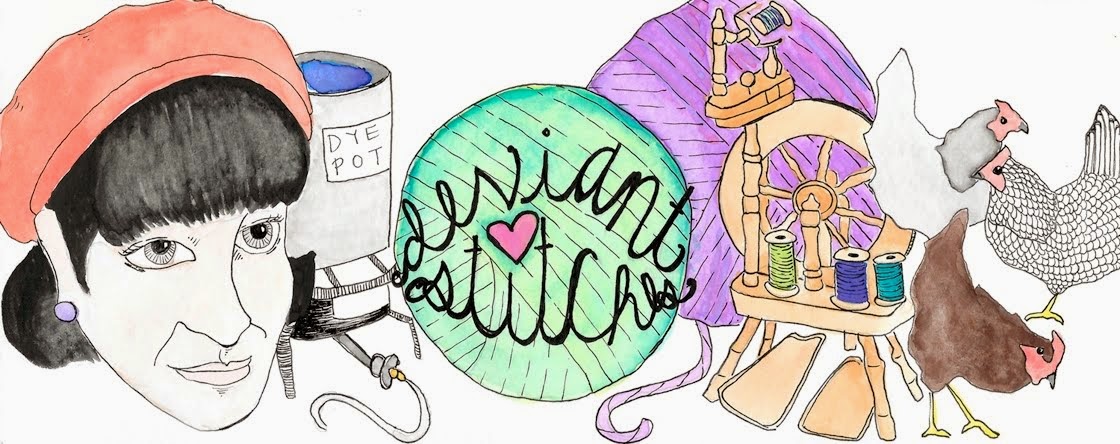What followed was heartbreak. I knew that the ratios were faster than what I was used to, but no matter how hard I tried I couldn't treadle slow enough to manage the quill. I spent hours trying to make it work for me and finally gave up. The quill attachment was placed in my fiber box where it has lived for the last four years.
Last summer I decided I either need to sell the quill or start using it. I knew that I would never want to use the spindle for fast spinning so I decided that I need to slow it down. I did a little measuring and then I took the spindle to my dad and asked him to turn me a new flyer whorl with much larger ratios. Because of the way the spindle is assembled, the old whorl had to be broken off which resulted in an argument (my dad didn't want to destroy the original piece.) Finally after two days of me explaining that I can't and won't use it the way it is so even if it can't be restored I am no worse off, he caved and agreed to turn the new piece. I gave him my measurements and he turned me a new whorl with a pin so it could be easily traded out for a faster one (this is called compromise.)
 |
| Just for reference: Ratios of original flyer whorls- 14:1, 19:1, 26.5:1 Ratios of my new whorls- 3.7:1, 4.7:1, 6.6:1 |
After the new whorl was added, a surprising thing happened- I started using the quill for spinning traditional yarns. I really like the action of spinning onto a quill, you spin at a different angle, one that is more comfortable to me, and there is no brake system so it works more like a drop spindle, a really efficient drop spindle. I am now to the point in my quill spinning where I am ready to move onto faster speeds, good thing my whorls are interchangeable.
 |
| Turns out it is good for spinning lace weight yarns. |











